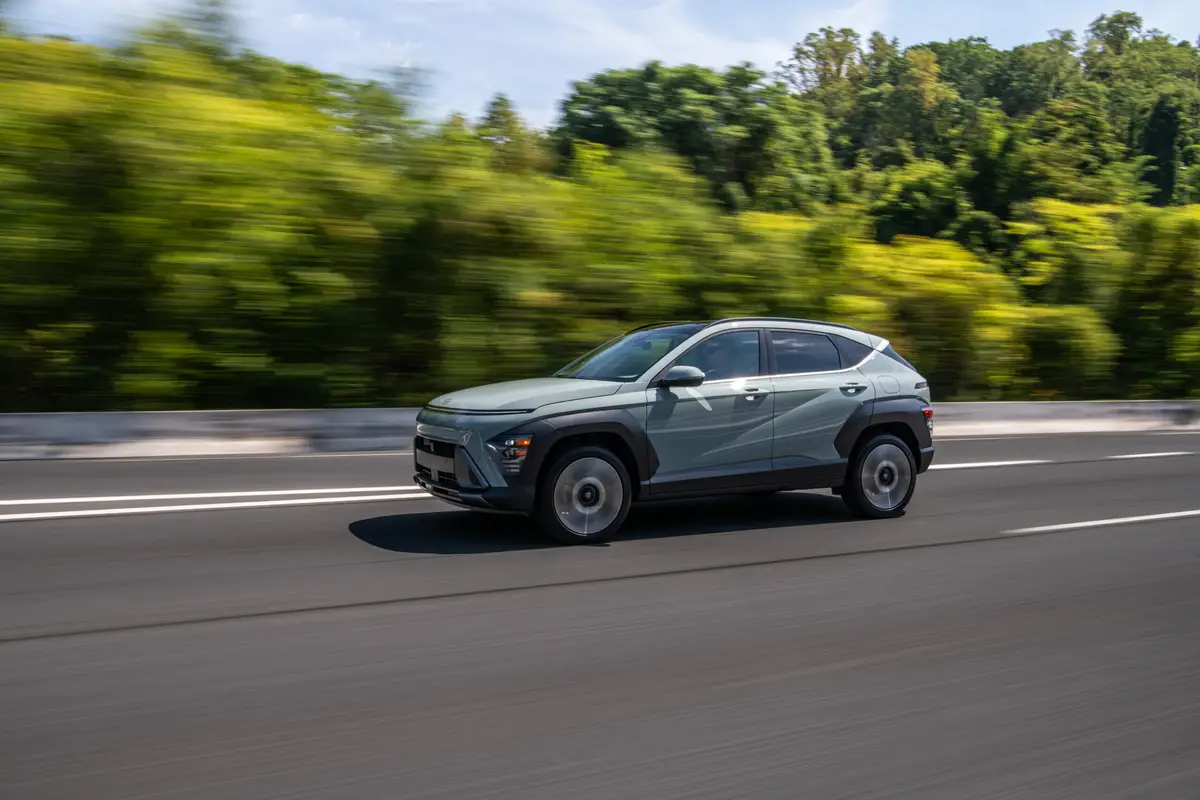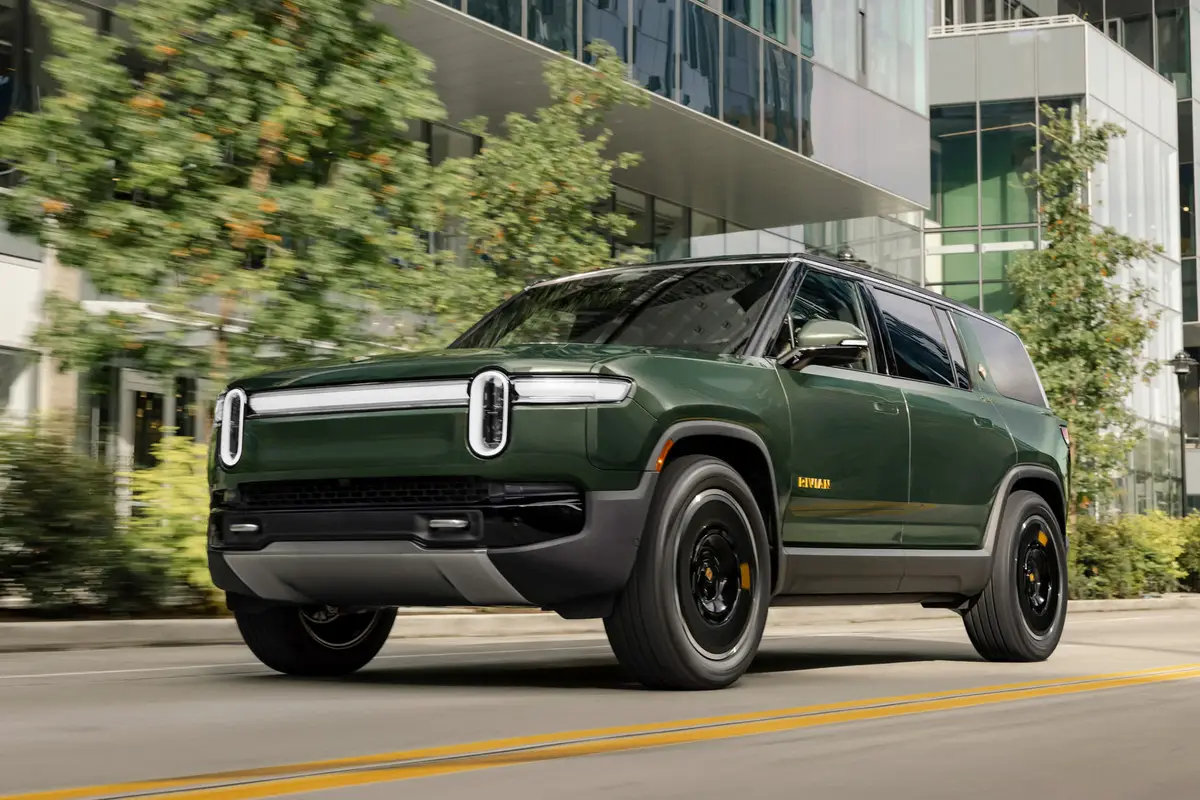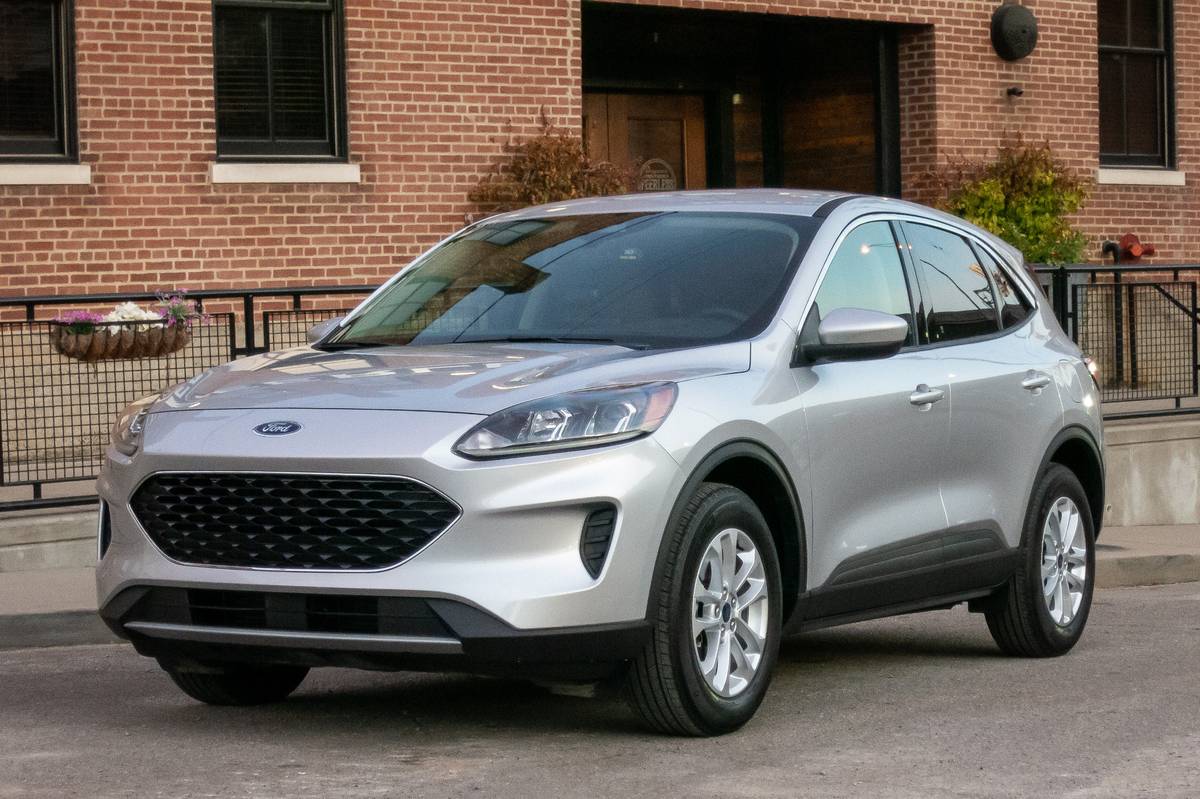Cincinnati.com's view
Sayonara! Auf Wiedersehen! Au revoir! Goodbye, little Z3 — nice knowing you. BMW’s American-made two-seater is bowing out, soon to be replaced by a sleek new Z4 version. So when my connection was running down the list of test rides available, he asked whether I’d like to final-test the 2002 BMW Z3 Roadster with the 2.5 or the 3.0 engine. Microseconds later, he had his answer: “3.0, please.”
The decision came easily, because I was familiar with the car, having tested it when it was propelled by a mere four-cylinder and later with the small six, and wanted to see what the new 3-liter could do for it.
I thought often during my week in the Z3 that it was what they say about childbirth – all the pain tends to be forgotten in the joy of one glorious moment. In the Z3’s case, bringing the engine to full song while roaring through a curve ferociously hard made me forget for a moment all the things I did not like about this car.
Fundamentally, we were a mismatch in size. The Z3 is tiny, being made for an average-sized male, which these days the demographers say means 5-8, or slightly-above-average woman.
It doesn’t look all that small – especially with its newly aggressive exterior styling tweaks – but it is: wheelbase a stubby 96.3 inches, overall length 159.4. It can be argued that those are appropriate numbers for a fun vehicle designed to carry two people at most. So be it, but the 3,000-pound weight makes it seem rather portly, thus commending the excess of energy under the hood.
The cockpit was unpleasantly confining for my 6-1 frame and 2-lobster-tail-fueled bulk, lacking sufficient legroom to accommodate me with the seat pushed hard against the rear bulkhead. With the roof in place, my short-cropped locks were compressed by the fabric above; when I tested topless mode, my cranium projected about 4 inches into the wind stream.
The Z3 is 51 inches high, and that’s all the motivation I needed to keep the top down most of the time. With the top in place, getting in and out was not a pretty sight. You’d think at this price, they’d give a sucker a really-tilting steering wheel, but noooo.
The base engine on the Z3 is a 2.5-liter inline six, with four valves per cylinder, twin camshafts and steplessly-variable valve timing. Making 184 hp (at 6,000 rpm) and 175 foot-pounds of torque (at 3,500), it’s quite the over-achiever, and capable of sub-7-second 0-60 times, according to the factory, despite the inordinate mass. The stroked version of this engine will cost you about six grand and will provide years of thrills.
Quite honestly, if you’re going to go this route, for whatever reason, you might as well get the bigger engine – the chassis is up to it if you are. If you just want to be seen, to be blown about and get a better sense of how polluted the country has become, you might be better off getting something like a VW Cabrio and saving the difference.
The 3-liter produces 225 hp at 5,900 rpm (a 22 percent bump) and 214 foot-pounds at 3,500 rpm (ditto on the increment).
As the stats suggest, it needs to turn big numbers. It loves to turn big numbers. For smoky, dramatic launches, 3,500 is a good place to drop the clutch, which is a leetle tricky anyway, and doesn’t like being coddled.
So doing, I easily managed to do the sprint test in six flat.
But the real fun is not on the straight and wide, but on the curvy and narrow. Keep that engine boiling happily at 4,000 and above and you can play roller-coaster with the Dynamic Stability Control switched on, or dirt-track gonzo with it switched off, steering through curves by modulating the flow of power to the rear wheels via the throttle, with just a soup on of slide.
That modulation, by the way, is especially precise because there’s only an electronic, not mechanical, linkage between pedal and powerplant.
The five-speed manual transmission is an excellent abettor in following Satan’s call. The ratios are close and placement is precise, with short-enough throws to allow easy flicks from cog to cog. A sixth gear would not be inappropos, seeing how fifth is a straight-through (1:1) ratio.
The Z3’s handling was exceptional, which is a bit surprising given the amount of tremulousness it exhibited over even slightly rough roads. It’s called cowl shake, and it results from the diminished chassis rigidity which follows upon losing the steel roof. The Z3 is definitely mid-pack in this regard.
The tester was equipped with a sport package, but that’s only cosmetic. Even in standard trim, it communicates with the road through chunky, high-performance, V-rated 17-inch Dunlop Sport 8080s. In size 225/45 front, 245/40 rear, they gave no quarter, to road or pilot. The ride was on the rough side of sporty, excessively harsh for daily driving, I thought. Even expansion joints provoked a wince after a while.
But oh, do those skins hold. Even in the wet. Again, fair tradeoff if you want a high-performance machine that happens to lack a roof.
Well, it doesn’t lack a roof, really, though the fabric top is neither as bracing as a steel one or as isolating as some I’ve tried. It also has a plastic rear window, a huge gaffe at this price. The tester’s, at 3,000 miles, was already yellowed and optically distorted. Far better a glass one, which can also accommodate heating wires for us multi-climate sports.
The roof is manually operated in stock form; the tester had the optional power assist, which, again, was far from state-of-the-art. Undo two latches, lower the side windows a bit, manually raise the roof about 8 inches, find the switch buried near the back of the console by the back bulkhead and lay on it, being sure to keep your foot on the brake, because there’s an interlock to prevent you from playing with the top while under way, duh. The roof doesn’t stow very neatly, so the fastidious will want to use the tonneau cover. All very primitive versus other designs on the market.
The stereo is a premium unit offering AM, FM and CD functionality. Tuner sensitivity was good, there was plenty of power, and the included subwoofer lent some punch. The Z3 is hardly an audiophilic environment, though, even with the top raised.
Braking was exceptional. Massive discs, front and rear, were complemented by a first-rate antilock system.
The Z3 has dual-stage front air bags and door-mounted side air bags, a comforting thought when you’re out on the freeway mixing it up with the big boys.
Neither the Feds nor the insurance folks have tested a Z3, so you’re on your own there. As of the 2000 model year, Z3s were getting fairly good reliability marks from readers who responded to Consumer Reports surveys.
Base price on the Z3 with five-speed and big engine is $37,900. The specimen that graced my drive had the sport package (specific wheels, sport seats, brushed aluminum console, heated seats and washer jets and mirrors, and a mesh front air intake, $1,300; power top, $750, and trip computer, $300. Total, with freight, was $41,350.
Payments at that price come to $839, assuming 20 percent down, 10 percent interest and 48 coupons. Edmunds.com says they’re going for about $1,500 under sticker these days.
The last Z3 has now left the line in Spartanburg, S.C. The successor Z4 is due in showrooms in late October. I’d be inclined to wait, or seek a really big discount on a Z3.
“The Gannett News Service”
Latest news



